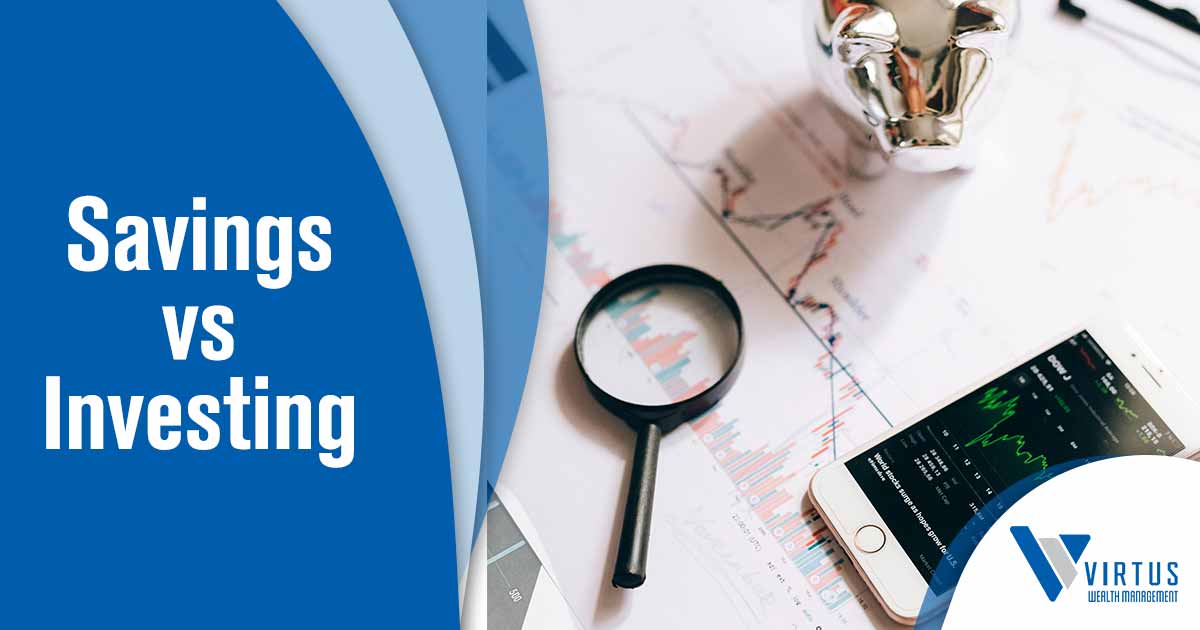
The decision to save or invest is one of the most crucial in personal finance. Both saving and investing have their roles, with benefits and risks. Understanding when to save and when to invest can help you build wealth effectively.
What Is Saving?
Saving means putting money aside in a place where it’s easy to access, usually to preserve it for short-term needs or emergencies. Common places to save include savings accounts, certificates of deposit (CDs), and money market accounts.
Key Features of Saving:
- Low Risk: Savings accounts are generally low risk. Your money is safe and usually protected by the government (e.g., FDIC in the U.S.), up to a certain amount.
- Liquidity: Liquidity refers to how quickly you can access your money. With savings, you can quickly access your funds—ideal for unexpected costs.
- Modest Returns: The return on savings is typically low. For example, interest rates may range from 0.1% to 1%, which is barely above inflation.
- When to Save: Saving is best for short-term needs or building an emergency fund. Aim to set aside 3-6 months of living expenses in an easily accessible account for things like job loss or medical bills.
Examples of Savings Goals:
- Emergency Fund: Having cash available for unexpected expenses so you don't fall into debt.
- Short-Term Purchases: Saving for things like a vacation, a new car, or major purchases planned in the next few years.
What Is Investing?
Investing involves putting money into assets (stocks, bonds, real estate, or mutual funds) with the expectation that it will grow over time. The goal is to build wealth for the long term, such as for retirement, homeownership, or education.
Key Features of Investing:
- Higher Risk: Investments carry more risk compared to savings. The value of investments can fluctuate due to market conditions, economic factors, and other variables. However, they also have the potential for higher returns.
- Long-Term Horizon: Investing usually requires a longer-term outlook. If saving is for near-term goals, investing is for those that are years or decades away. The longer you invest, the more likely compounding returns will lead to growth.
- Liquidity: Investments are often less liquid. You may need to sell investments to access funds, which could take time and might not always be favorable in the market. Some investments, like real estate or retirement accounts, may have penalties for early withdrawal.
- Higher Potential Returns: While not guaranteed, investing generally offers the possibility of higher returns over time compared to savings accounts.
- When to Invest: You should invest when you have some savings set aside and are looking toward long-term goals, like retirement or building wealth.
Examples of Investing Goals:
- Retirement Savings: Using retirement accounts (IRAs, 401(k)s) to build a nest egg for the future.
- College Fund: Saving for a child's education through tax-advantaged accounts like 529 plans.
- Wealth Building: Accumulating assets to create long-term wealth and financial independence.
The Key Differences Between Saving and Investing
While both saving and investing are important, they serve different purposes. Here’s how they compare:
| Feature | Saving | Investing |
|---|---|---|
| Purpose | Save money for short-term goals | Build wealth for long-term goals |
| Risk | Low Risk | High Risk |
| Liquidity | Highly liquid (easy access) | Less liquid (may take time to sell) |
| Returns | Low (interest) | High (growth potential) |
| When to Use | For emergencies or near-term goals | For retirement or long-term goals |
When Should You Save?
Saving is essential for short-term financial security and peace of mind. Consider saving if:
- You don’t have an emergency fund yet but plan to build one.
- You’re preparing for a big purchase soon.
- You want to ensure you’re ready for unforeseen financial emergencies without going into debt.
When Should You Invest?
Investing is crucial for long-term goals, and if you're willing to take some risks. You should consider investing if:
- You've already built an emergency fund.
- You’re saving for retirement or other distant goals.
- You aim to grow your wealth over time and can manage market fluctuations.
A Balanced Approach: Saving and Investing
Most people need a combination of both saving and investing. Balancing both strategies ensures that you’re financially secure now while building wealth for the future. Here’s how you can manage both:
- Start with Saving: Build an emergency fund first. This provides security and reduces the likelihood of dipping into your investments during tough times.
- Invest for Long-Term Goals: Once you have your emergency fund in place, start investing for long-term goals like retirement. Contribute to tax-advantaged accounts (401(k), IRA) that grow over time.
- Diversify Your Investments: A mix of assets (stocks, bonds, real estate) can help manage risk and maximize long-term returns.
Conclusion
Both saving and investing play crucial roles in your financial plan. By understanding when to save and when to invest, you can make informed financial decisions that align with your goals. Whether it’s saving for emergencies or investing for a comfortable retirement, finding a balance will help you build a more secure financial future.